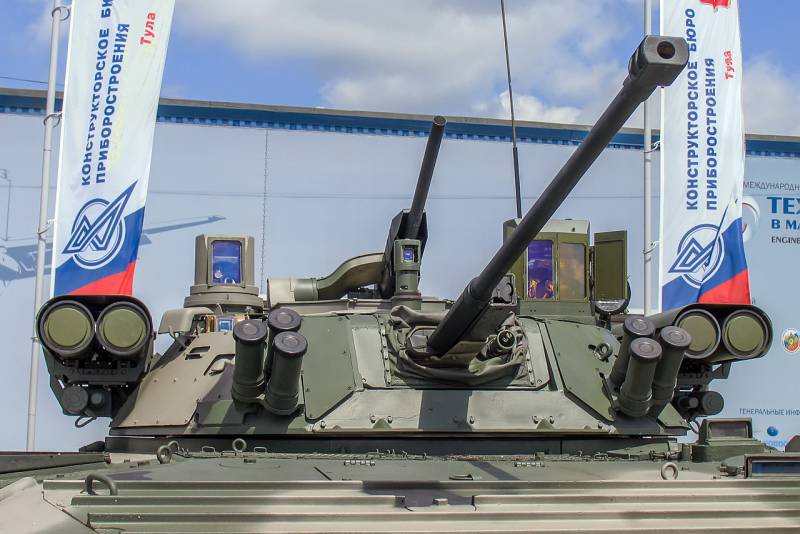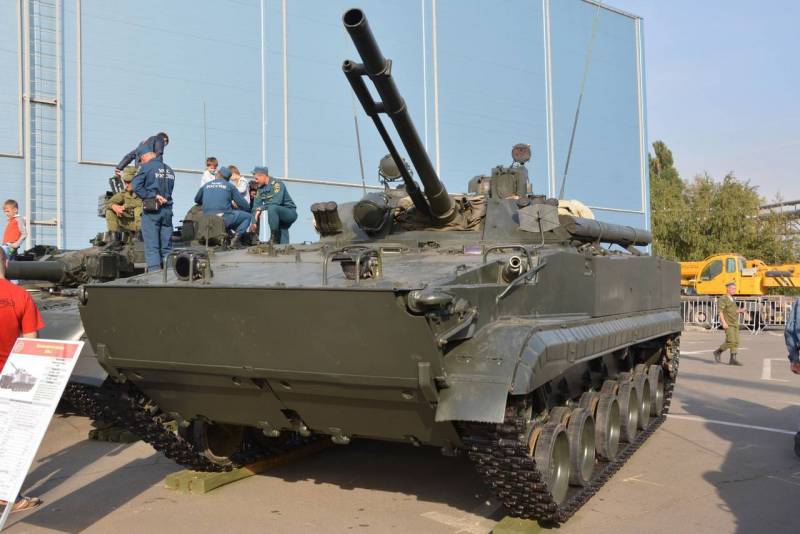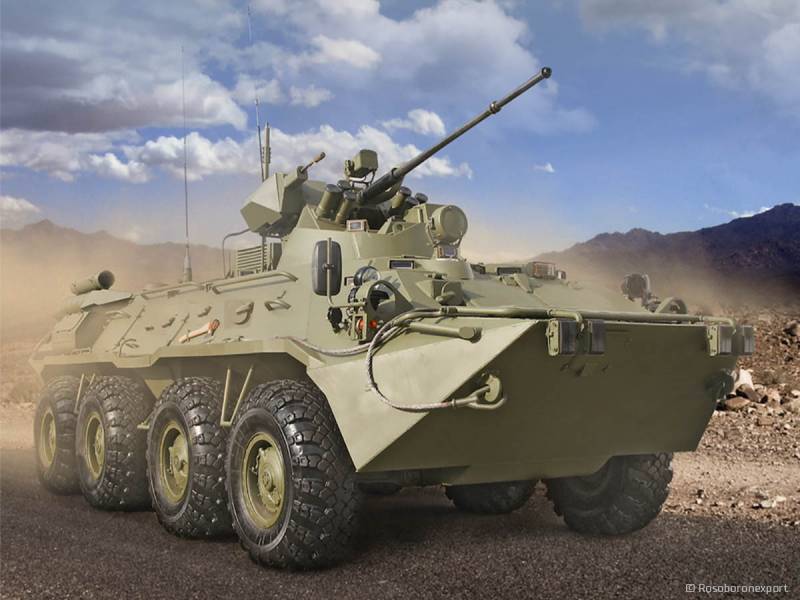Shells with controlled undermining. Way to the troops
Projectile News
On May 20, the TASS news agency quoted the deputy general director of the Tekhmash concern, Alexander Kochkin. He said that his company is currently performing a new order of the Ministry of Defense. The military department ordered the first pilot batch of promising 30-mm projectiles with controlled detonation.
The release of the ordered lot takes the current project to the state testing stage. According to A. Kochkin, this stage will be completed as early as next year. It follows from this that in 2020, the Russian army will be able to adopt new ammunition and thereby increase the effectiveness of artillery.
The Deputy General Director of Techmash, commenting on the latest events, recalled that 30 mm caliber systems are used in different areas - on aviation and land equipment, as well as on ships. To ensure compatibility with the new ammunition, the 30 mm cannon carriers will need some modernization. They should be equipped with certain control equipment.
Promising direction
The development of projectiles with a programmable or controlled fuse has been going on for several years. The leading role in this direction is played by NPO Pribor, which is part of Tekhmash. The first real results were obtained several years ago, and in the past time, new instrument ammunition has been developed at Pribor.
According to known data, the first model of this kind was a 57 mm caliber projectile. In the autumn of 2016, it became known about the start of testing of such a product. 57-mm ammunition was considered in the context of the future re-equipment of land vehicles using systems of increased caliber.
At the same time, NPO Pribor told about their plans for the further development of the field. The company planned to create a new projectile with a controlled fuse in caliber 30 mm. Subsequently, new reports on such projects appeared repeatedly, and some technical details were also mentioned.
Features of the project
From the point of view of the general concept, the new domestic shells are similar to the already well-known foreign models. The fragmentation ammunition is equipped with an electronic fuse capable of receiving commands from control devices. The task of such a fuse is to undermine the projectile at a given point in time - when it is located near the target. This allows you to enhance fragmentation effect on the target, as well as hit complex targets that are inaccessible to "conventional" ammunition.
Last year, the management of the NPO Pribor disclosed the basic principles of the proposed projectiles. It turned out that the Russian project is based on its own ideas and ideas, and it does not repeat foreign ones. First of all, it is connected with the architecture of control systems and, as a result, with the requirements for the carrier of the gun.
To use foreign projectiles, the gun requires the installation of some new control systems and an electromagnetic programmer. Installation of the latter may be associated with significant design and structural difficulties. The Pribor project provides for a simpler and cheaper laser control system.
From the available data it follows that the Russian fuze is not programmable, as with foreign developers. The projectile receives an optical receiver to receive the signals of the control laser. The fuse does not have the ability to independently determine the range, for it does the OMS of the combat vehicle. When the projectile reaches the desired point, a command is sent through the laser channel to undermine it.
Such an approach at times simplifies and reduces the price of the design of the fuse, the projectile and the shot as a whole. In addition, the introduction of ammunition in the army is simplified. If the “traditional” constructions require substantial processing of the gun, ammunition supply line and control systems, then the complex from NPO Pribor makes it possible to dispense with minimal alterations of the carrier.
It is alleged that it is possible to take any combat vehicle with an 30-mm gun, in the minimum time to install on it the necessary components of the SLA and return it to the service.
The advantages of this architecture are obvious. It allows you to give technology new opportunities with minimal waste of time and money. At the same time, savings take place both during the modernization of equipment and during its operation. A remote-controlled projectile is significantly cheaper than a product with a full-fledged programmable fuse.
Implementation issues
The Russian army is armed with several 30 mm artillery systems. In the ground forces, automatic guns 2A42 and 2A72 are used. Aviation uses systems of the GSh-30 and 2A42 family. On the navy several multi-barrel anti-aircraft guns are used. All these systems and their carriers in theory can use promising guided ammunition.
Last year, it was reported that the first new shells and controls would receive land combat armored vehicles. In particular, for 2019, it was planned to test shells on the guns 2A42 of a support combat vehicle tanks "Terminator". We should also expect tests with the participation of different types of armored vehicles - BTR-82A (M), BMP-2 and BMP-3, as well as the entire BMD family.
In the near future, the adoption of several new models of armored vehicles armed with 30-mm automatic guns is expected. It is possible that these variants of Kurgants-25, Boomeranga and Almaty will also receive controls for new fuses. Perhaps in the future to test will attract the Air Force and Navy.
Concern "Tehmash" plans to complete state tests 30-mm guided missiles next year. At about the same time, the first order for the full-fledged batch production of ammunition may appear, as well as a contract for the modernization of combat armored vehicles. Depending on various factors and circumstances, the first vehicles with updated ammunition may enter service in the early twenties. It is not yet clear which cars will be the first - modernized or completely new.
It should be noted that 30-mm automatic guns of Soviet / Russian development are actively used abroad. Thus, the projectiles from the NPO Pribor have certain export prospects. Obviously, before fulfilling orders from foreign armies, one should re-equip one’s own, but this is unlikely to interfere with obtaining lucrative contracts.
However, the rearmament of the Russian and foreign armies will begin only after the completion of the tests and the last stages of the design. According to optimistic industry forecasts, this process will end next year.
- Ryabov Kirill
- Rosoboronexport / roe.ru, Wikimedia Commons



Information